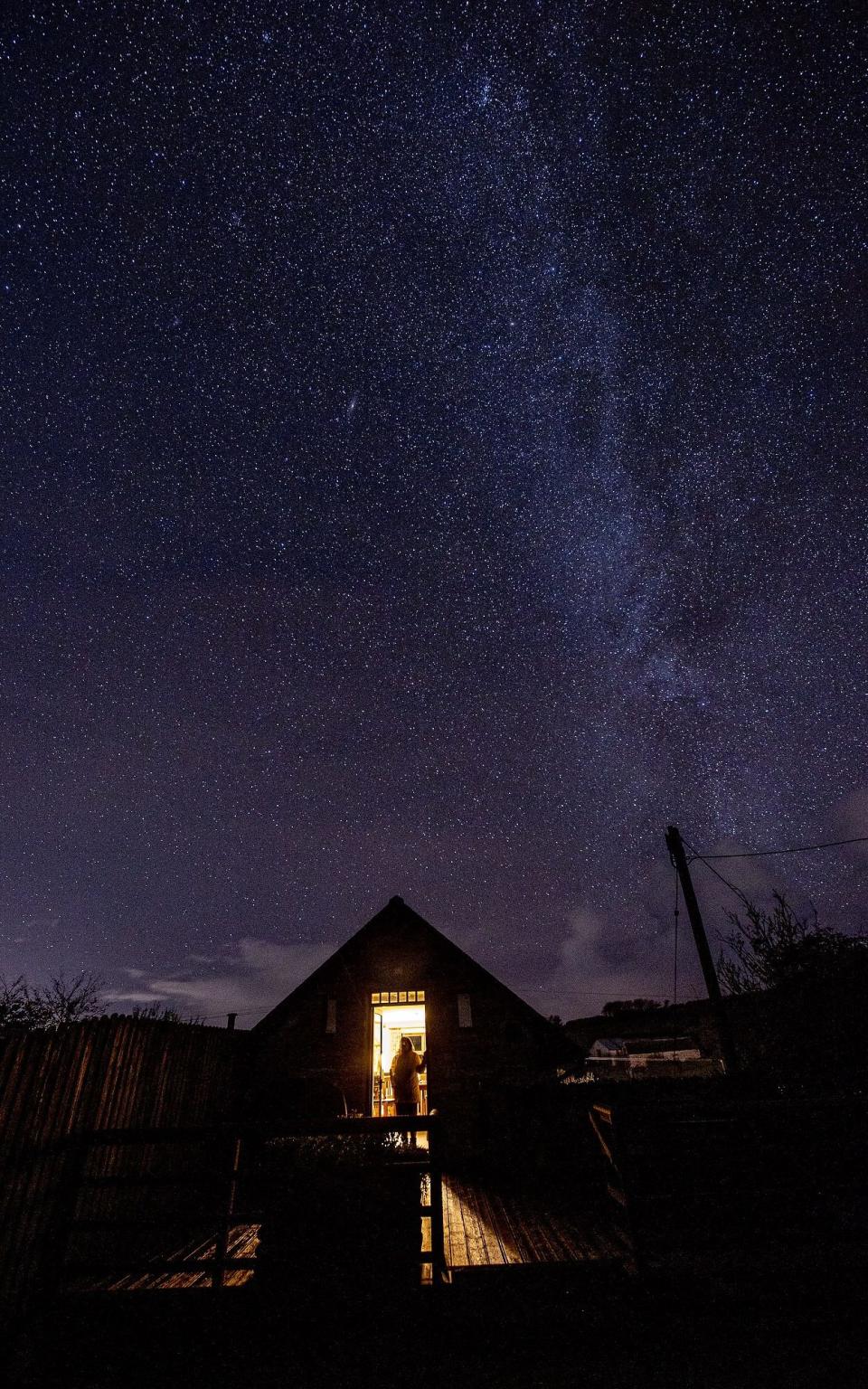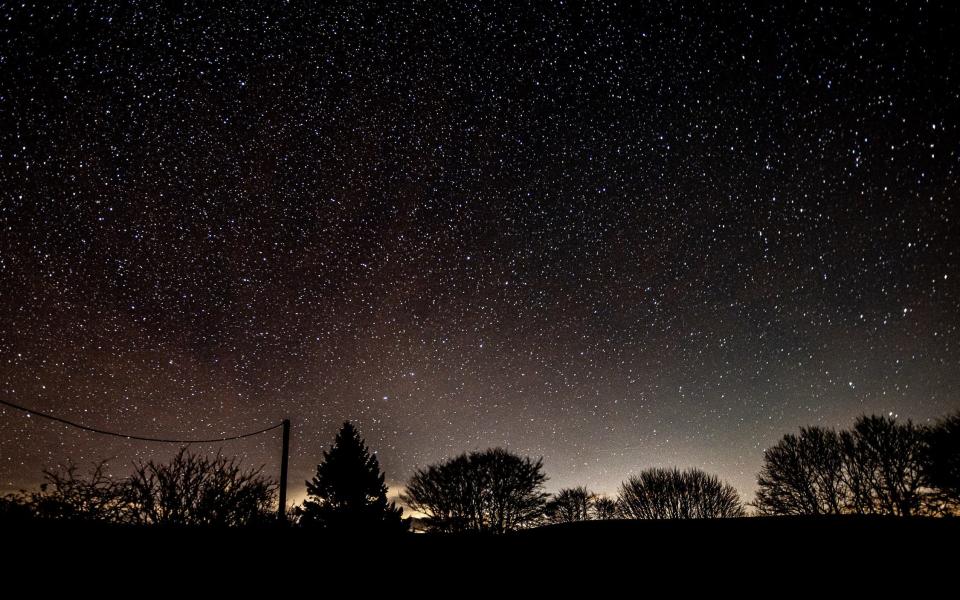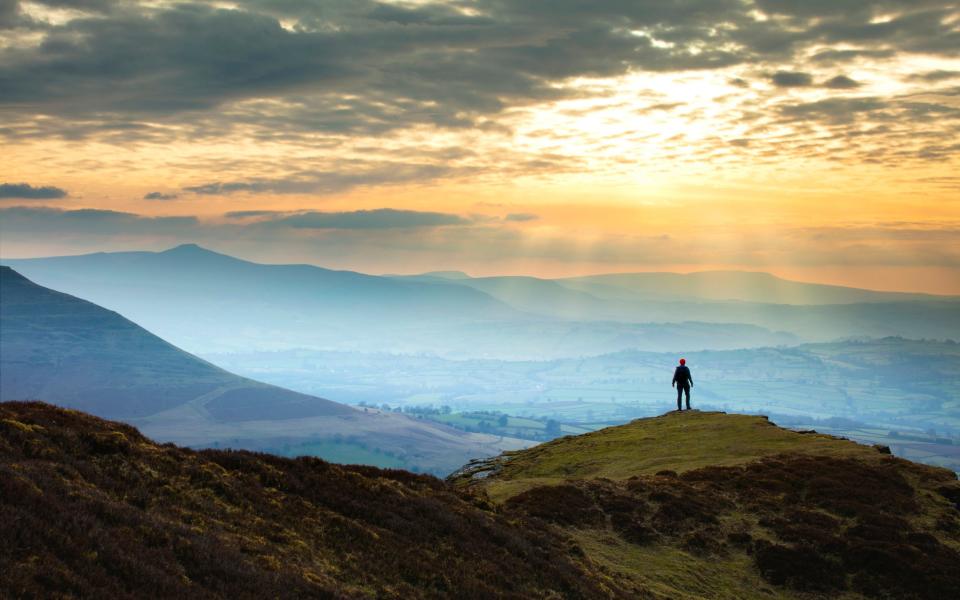This year, sky enthusiasts encountered many astronomical events, from super moons to Aurora Borealis. As 2023 draws to a close, there is still one last spectacular spectacle to experience: the Geminid meteor shower.
Famous for its multicolored streaks of light, NASA calls the Geminids one of the “best and most reliable annual meteor showers” of the year. Fortunately, they should be visible to the naked eye across the UK, subject to visibility. Those with clear skies can expect to see up to 150 meteors per hour.
The peak of the “shooting star” phenomenon will begin around 19.30 on Thursday, December 14, and continue, albeit weaker, until Wednesday, December 20.
As for the best place to see them? For a small and overcrowded country, we have some remarkably sparkling places. From the empty spaces of our national parks to the eyepieces of high-tech observatories, there are places where you can feel your insignificance. In a good way.


An astronomer once told me that for thousands of years most people spent their evenings gathered around the fire and telling stories of characters they saw in the stars; Being surrounded by a completely dark sky today brings us a little closer to that lost world. This is a profound reconnection with nature at its most infinite.
Seeing stars can actually be good for our health. Disruption of the daily rhythm of light and darkness by artificial lighting is linked to processes that can lead to chronic diseases; By firing up the night we stress our bodies with an inorganic barrage they are ill-equipped to handle.
Nothing expands your perspective like learning more about the universe. But in the end, all you have to do is look up, if you find the right place…
Here’s where you’ll see the Geminid meteor shower.
Cheshire and Summit County
Cheshire Jodrell Bank Observatory, home to the 250ft diameter Lovell Telescope, is a UNESCO World Heritage Site. Learn about space here, then head east to the Peak District for beautiful dark skies. For example, a night hike to the Bronze Age hill fortress of Mam Tor offers unobstructed views with little light pollution.
Jodrell Bank It is open every day from 10 am to 5 pm. Adults/children £12/£8
Exmoor, Devon and Somerset
In 2011 Exmoor was named Europe’s First International Dark Sky Reserve. The park’s communities continue to work together to reduce light pollution, ensuring the park remains one of the country’s top astronomy destinations; particularly areas in the core dark sky region such as Holdstone Hill, County Gate, Webbers Post and Wimbleball Lake. Get a stargazing brochure from one of the national park centers that also rents telescopes.
Telescope hire starts from £25 per night. You can find more information at: Exmoor National Park websiteto.


Brecon Beacons, Wales
The Brecon Beacons, Wales’ first International Dark Sky Reserve, have extremely low light pollution and extremely good astronomical potential. Accessible and sparkling spots include the car park at Pen-Rhiw-Ddu, just off the road over the Black Mountain; the National Park Visitor Center near Libanus, where there is plenty of space to set up telescopes; South Wales’ Usk Reservoir, well protected from light pollution; and the steep-topped Carreg Cennen (just outside the park, near Llandeilo), where you can see the castle ruins glistening above some of the region’s darkest skies. Dark sky events are sometimes held.
Learn more Brecon Beacons website.
Glenlivet and Tomintoul, Cairngorms
Remote, sparsely populated and surrounded by 800m hills that protect from light pollution, Glenlivet and Tomintoul (the world’s northernmost Dark Sky Park) have some of the darkest skies in the UK. Not only is it ideal for taking in spectacular views, but it also offers the chance to catch the “mirrie dancers” or northern lights, given the latitude. The park has three Dark Sky Discovery Areas with parking and interpretive facilities. Field of Hope has an exceptionally good view of the horizon; The outer planets can be seen here year-round. Remote Carrachs and Blairfindy Moor are particularly good for northern lights and outer planet viewing between September and March.
Parking is free. Glenlivet Manor.
Long Mind, Shropshire
Many National Trust lands are good for stargazing, from Wicken Fen in Cambridgeshire to Wasdale in Cumbria; National Trust sites also have good car parks and sometimes wider, slicker footpaths; this makes it easier to access more remote areas at night. Try Carding Mill Valley and Long Mynd, home to four Dark Sky Discovery Areas; all of these have been awarded the higher designation of “Milky Way class”, meaning that the Milky Way is visible to the naked eye.
car park Long Mind costs £5.50.


Northumberland
Northumberland has the largest area of sheltered night sky in Europe and there is probably no clearer and more vivid cosmological view than what you will see here. On a clear night, you’ll see the Milky Way, lots of meteors, and if you’re lucky, the International Space Station. History lovers should combine night sky viewing with a trip to Vindolanda, an excellent museum on the site of another important former military outpost.
Learn more through our guide Northumberland National Park.
Isles of Scilly
About 45 miles from any light pollution on the mainland, the Isles of Scilly have exceptionally dark skies. In February 2019, a group of amateur astronomers opened the UK’s most south-western observatory. Built in a designated Dark Sky Exploration Zone, the community-funded facility features two domes (one for viewing the deep sky, the other capable of imaging the sun) and a warm room where regular talks and workshops are held. In fact, the Geminids should be visible from anywhere on the islands.
There is more information about stargazing on the Isles of Scilly tourism board’s page. Web site.